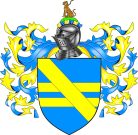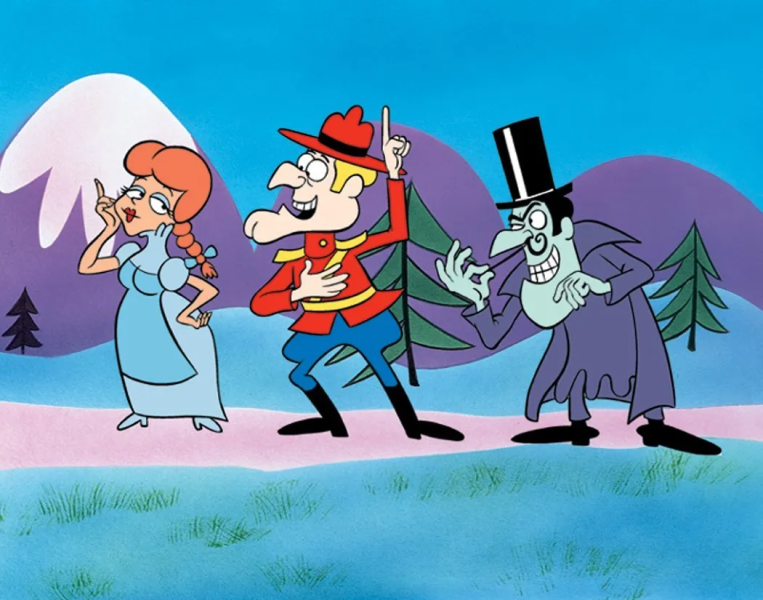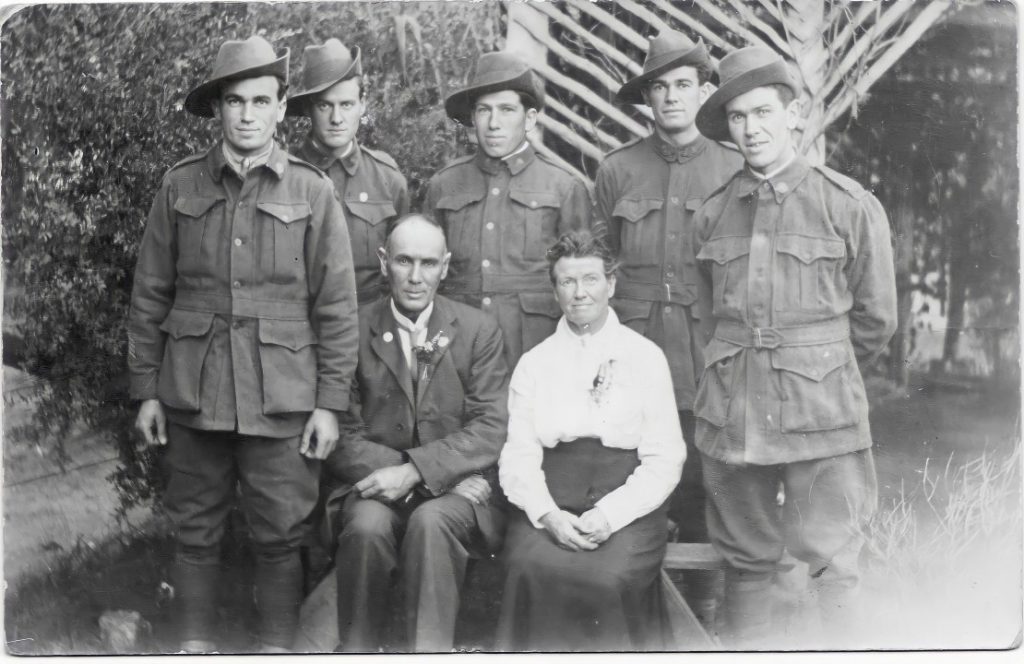Every now and then I see posts on Facebook that catch my attention. One writes, “I’ve had a bad day!” while another laments, “nothing’s going right!” Posts left without further context or explanation. These statements, seemingly cries for help, reminded me of a concept that is all too prevalent in both personal and professional relationships: the Victim looking for a Rescuer.
In the Professional Environment, Interpersonal Dynamics Play a Vital Role
One powerful model to understand these dynamics is the Karpman Drama Triangle, a concept developed by Dr. Stephen Karpman. This model describes three toxic roles that people often fall into: the Victim, the Rescuer, and the Villain (or Persecutor).
The Drama Triangle Explained
- The Victim: The Victim feels oppressed, helpless, and seeks sympathy. They may avoid responsibility and depend on others to solve their problems.
- The Rescuer: The Rescuer takes on others’ problems, often without being asked. While appearing helpful, this role can foster dependency and prevent others from taking responsibility.
- The Villain (Persecutor): The Villain is controlling and critical. They may blame others and exert dominance, leading to resentment and fear.
The Drama Triangle in the Workplace
The Drama Triangle can manifest in various ways at work:
- A team member consistently playing the Victim might avoid tasks and rely on others to pick up the slack.
- A manager acting as a Rescuer might overstep boundaries, solving problems for team members instead of empowering them to do so.
- A colleague playing the Villain role may criticise and belittle others, creating a hostile environment.
The Impact on the Workplace
This toxic triangle can lead to dysfunction, reduced productivity, and a lack of trust. It creates an environment where genuine communication and collaboration are replaced by blame, avoidance, and manipulation.
Breaking the Triangle: Moving to Empowerment
Breaking free from the Drama Triangle requires conscious effort and a shift to more empowering roles:
- From Victim to Creator: Encouraging responsibility, autonomy, and problem-solving skills.
- From Rescuer to Coach: Supporting others in finding their solutions, rather than providing them.
- From Villain to Challenger: Offering constructive feedback and encouraging growth without blame or criticism.
Conclusion
Understanding the Karpman Drama Triangle’s dynamics can help identify and mitigate toxic patterns in the workplace. By recognising these roles and encouraging a shift to more empowering interactions, organisations can foster a healthier, more collaborative, and productive environment.
By consciously moving from Victim to Creator, Rescuer to Coach, and Villain to Challenger, we open the door to authentic communication, mutual respect, and personal and professional growth.



